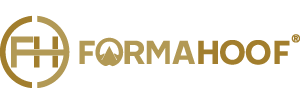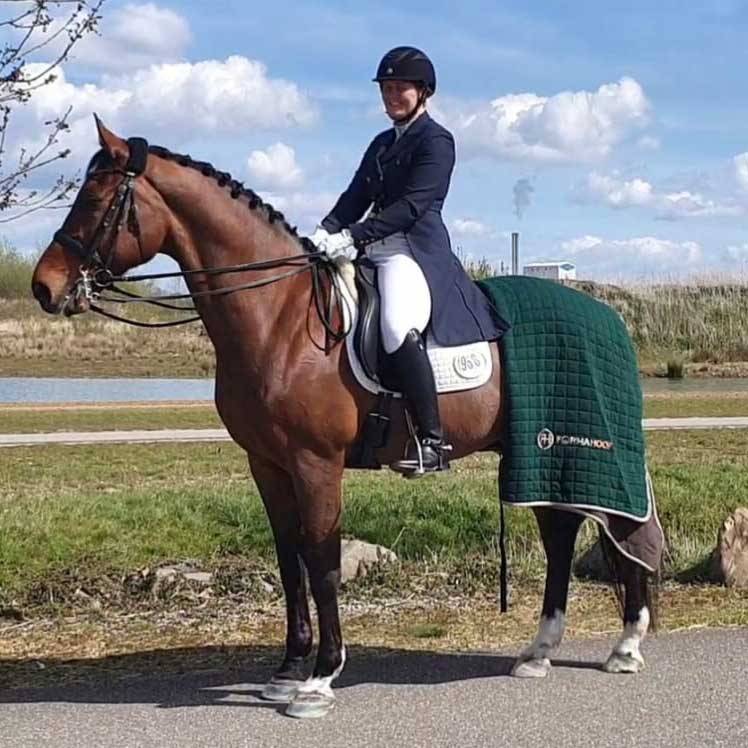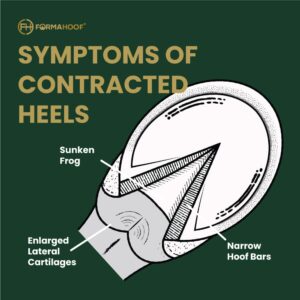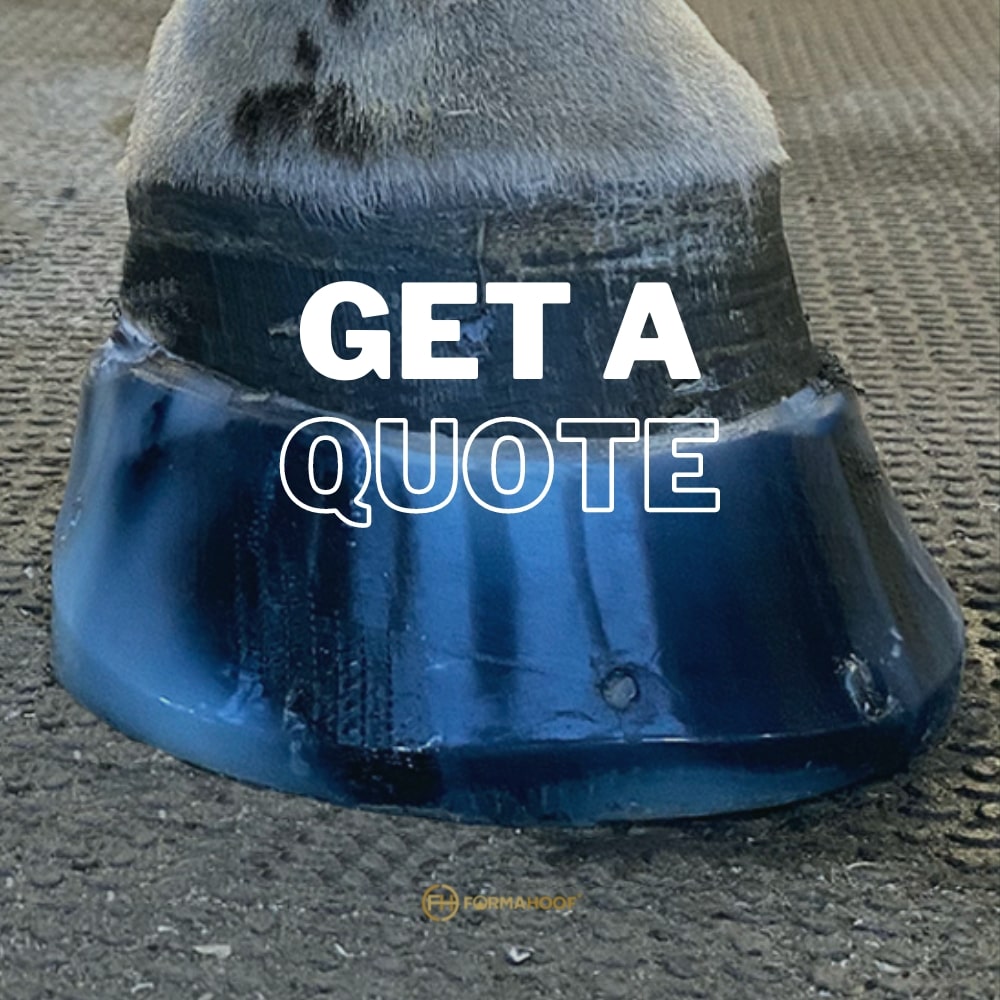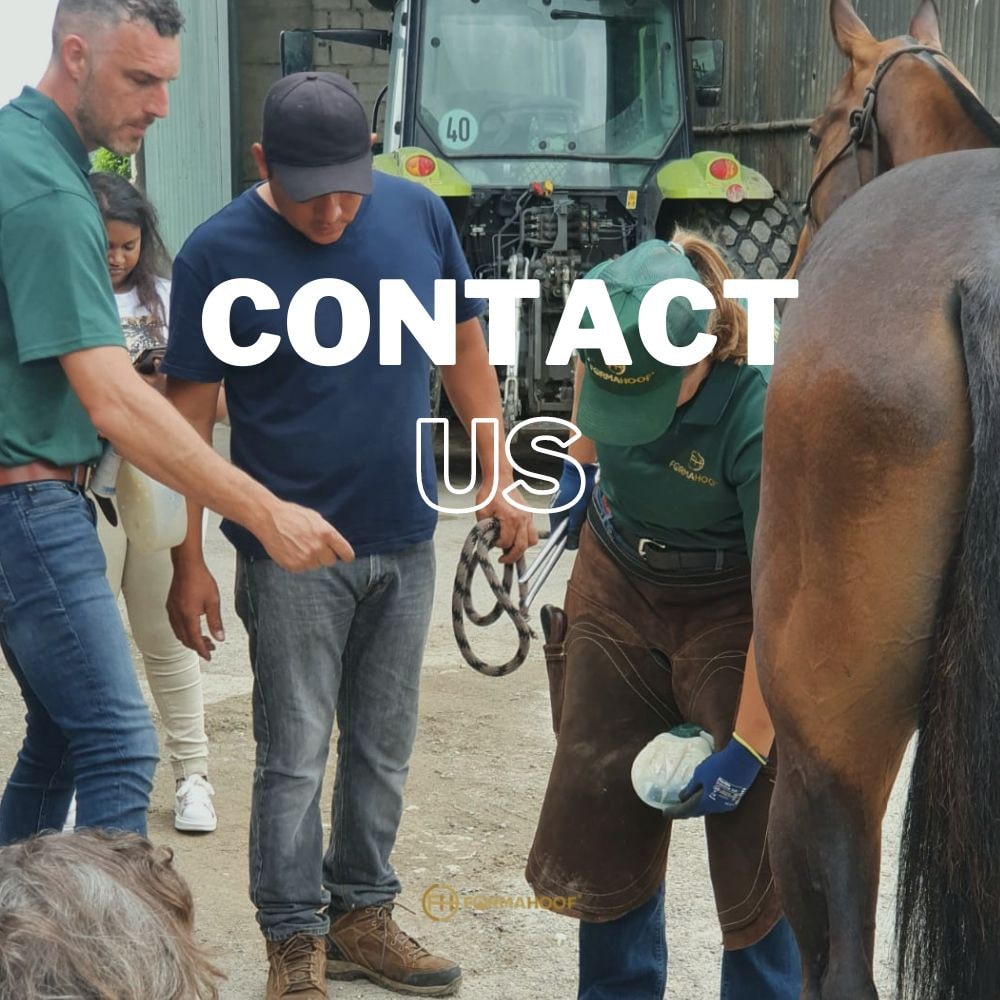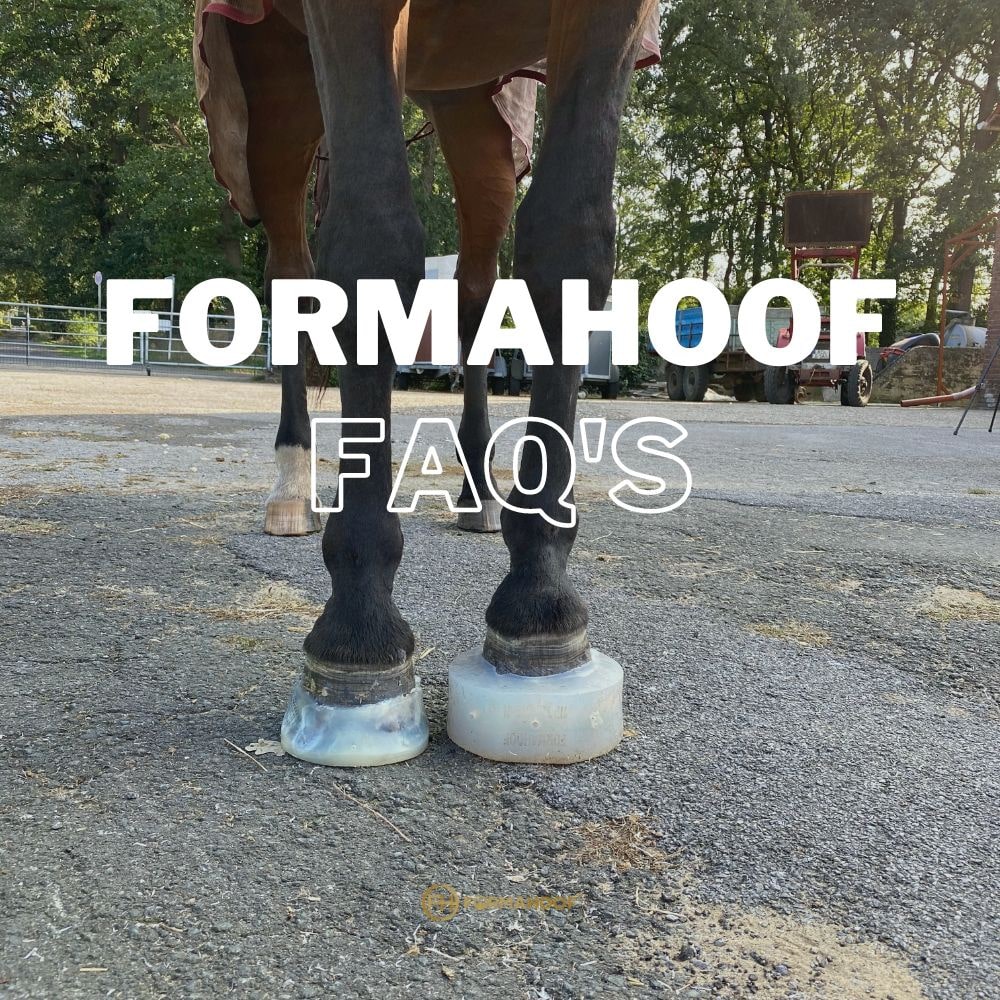Navigating through the complex labyrinth of horse welfare, a topic reignites with fervor in the equestrian circle: should competitive horses be maintained barefoot or shod? A provocative and insightful statement from Goran Åkerström, the FEI Veterinary Director, propels this discussion into new territories, affirming that, given the “Right Horse, With The Right Management, Under The Right Conditions,” competing barefoot can indeed be “Absolutely Optimal For The Horse.”
Sweden’s Pioneering Role: A Beacon in Barefoot Advocacy
Sweden’s storied history and advanced research in the arena of barefoot horses merit attention. Underpinning Åkerström’s viewpoint is a rich tapestry of practical and academic experience, shaped by his leadership at a farriery school and spearheading a seminal investigation into barefoot trimming practices on behalf of the Swedish Animal Welfare Board.
Sweden, while not holding a monopoly over the barefoot philosophy, has demonstrated a resilient and informed adherence to it. The country has meticulously studied the delicate art—along with the associated risks and rewards—of maintaining both Warmbloods and coldblood harness-racing horses barefoot. These endeavors have birthed indigenous protocols for ushering sport horses into a barefoot lifestyle.
The 2005 investigation not only peered into the variable quality of barefoot trimming practices but also shed a glaring spotlight on the potential pitfalls when these practices are improperly implemented. Its revelations illuminated the path toward robust equine welfare, emphasizing that the benefits of a barefoot approach are contingent upon meticulous and informed execution.
Domestication’s Double-Edged Sword: Mitigating Challenges to Hoof Health
However, the journey through the barefoot vs. shod debate must traverse the challenges presented by domestication. Horses, whose hooves in the wild are naturally abraded and whose moisture levels are self-regulated, are subjected to a host of environmental stressors upon domestication—ranging from reduced mobility to prolonged exposure to deleterious substances when stabled. Consequently, the rationale behind shoeing often orbits around shielding the hooves from these stressors, though it does not universally translate into a need for all horses to be shod.
FormaHoof: Bridging the Gap in the Transition
Amidst the constellation of challenges during the transition to barefoot, myriad hoof issues – such as stone bruises and hoof cracks – often surface, posing significant hurdles for both horse and caretaker. FormaHoof emerges as a pioneering solution, offering a seamless intersection between the worlds of shod and barefoot, epitomizing a paradigm where the natural biomechanics of a healthy, bare hoof coexist harmoniously with protective advantages.
Yogi Sharp, an Equine Podiatrist and farrier, elucidates that FormaHoof is not merely a horseshoeing method but a holistic approach that meticulously mirrors the expansive and flexible characteristics of a naturally healthy bare hoof. This, while concurrently cocooning the hoof from environmental detriments and nurturing healthy hoof and sole growth, provides a balanced and protective transitionary or long-term solution.
Stepping Into the Competition Arena: An Informed Choice
As competitors contemplate venturing into the competitive domain with a barefoot horse, stringent adherence to National Federations’ shoeing stipulations is imperative. While several Federations authorize the application of FormaHoof in competitions, it’s vital to demarcate its position—not as a removable hoof boot, but as a non-invasive shoeing methodology. Comprehensive support and information networks facilitate competitors and caretakers alike to navigate through competitive arenas, ensuring their equines, whether in transition or fully adapted to a barefoot lifestyle, are accorded optimal support.

Deepening the Discourse: Scientific and Ethical Considerations
As we deepen our exploration into the debate, a myriad of scientific, ethical, and practical considerations surface. The meticulous study of equine biomechanics, informed by emerging scientific research and buttressed by ethical considerations surrounding equine welfare.
Biomechanical Considerations: A Science-Driven Approach to Hoof Management
The study of equine biomechanics, especially pertaining to hoof health and functionality, is fundamental to discerning the nuanced variables that inform the barefoot vs. shod discourse. Research exploring hoof dynamics, stress distribution, and structural integrity under varied conditions provides a scientific bedrock upon which informed decisions can be scaffolded and upon which FormaHoof was invented.
This extends beyond mere physicality, touching upon the physiological and psychological ramifications of hoof management. Understanding how different terrains, competitive demands, and management practices influence hoof health and, by extension, overall equine well-being, necessitates an intersectional approach that marries scientific inquiry with practical applicability.
Ethical Implications: Anchoring Decisions in Equine Welfare
Within the rich tapestry of discussions surrounding hoof management, ethical considerations regarding equine welfare emerge as a pivotal anchor. Decision-making processes should invariably be tethered to the overarching principle of ensuring maximal well-being for the horse. This encapsulates not only physical wellness but also considers the psychological and emotional spheres of equine health.
Ensuring that practices, whether leaning towards a barefoot or shod approach, are steeped in an ethical paradigm that prioritizes the horse’s well-being requires continuous dialogue, reflection, and, crucially, a willingness to adapt practices in light of emerging knowledge and insights.
Practical Applications: Nurturing Informed Equestrian Communities
Embedding the insights gleaned from scientific and ethical considerations into practical applications necessitates the cultivation of informed and adaptive equestrian communities. Engendering an environment where knowledge is disseminated, discussed, and applied in a manner that prioritizes equine welfare forms the keystone of advancing practices in hoof management.
Education, dialogue, and the transparent sharing of research and experiences within the community will serve to elevate practices, ensuring they are reflective of the multifaceted considerations that the barefoot vs. shod debate encompasses.
